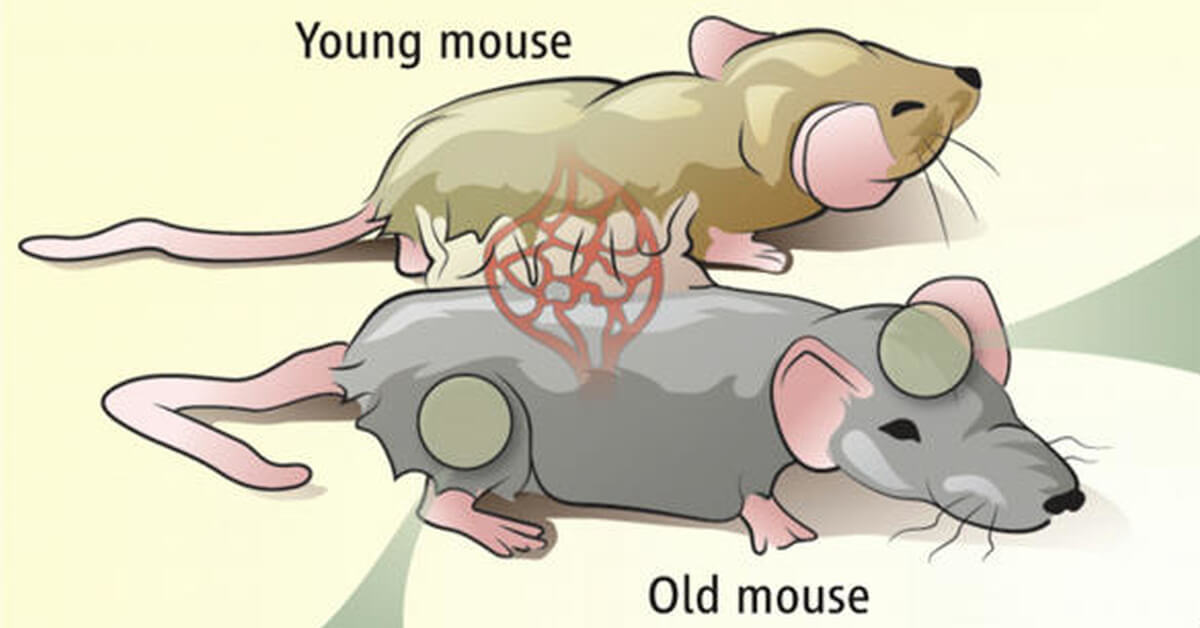Researchers at the Chinese Academy of Sciences say they have revealed the secret of “vampires’ technique”, by taking blood from young mice and injecting it into older ones to make them live longer.

According to the South China Morning Post, researchers first tested the phenomenon the other way around, establishing that contact with older blood could accelerate the aging of different organs and cell types in young mice.
Then, blood from young individuals was injected into older mice, and the researchers found that their adult stem cells and the surrounding somatic cells behaved as if they were fresher, younger. Hematopoietic stem and progenitor cells (HSPCs) – the stem cells making up other blood and immune cells – are the most sensitive to young blood.
The study recently published in the journal Cell Stem Cell is also important because, although several similar research results have been presented in the past, they mostly focused on rejuvenating phenomena without revealing the underlying mechanisms. The researchers therefore looked at how young blood triggers a response in aging cells.
In order to understand the aging process, in the early 2000s scientists developed a technique called heterochronic parabiosis that allows young and old mice to share a circulatory system – allowing researchers to establish how their tissues and organs respond to intervention at the system level.
In 2005, researchers at Stanford University used this method to give young blood to old-aged mice that then showed signs of rejuvenation in their muscles and liver.
In a span of five years, the researchers isolated and compared more than 164,000 individual cells in seven organs to identify the mechanisms that cause the aging and rejuvenation-promoting effects of parabiosis. The results suggest that these effects are caused by activation of elderly HSPCs in elderly mice, rather than translocation of young HSPCs to the bone marrow.

The team has emphasized that a number of systemic factors related to aging can be learnt from their study and encourage the research community to use the findings to conduct new research. If that happens, the inhibitors in old blood that could be targeted to slow ageing could eventually be identified.
